Museo Nacional de la Historia de las Mujeres (국립여성사전시관)
8.8Km 2021-09-27
Hwajung-ro 104-beongil 50, Deokyang-gu, Goyang-si, Gyeonggi-do
Este museo abrió en 2002, pero en 2014 se trasladó a la ciudad de Goyang, en la provincia de Gyeonggi-do, al actual museo equipado con tecnología digital de punta. El museo revisa la historia de la nación con el enfoque en los personajes femeninos que contribuyeron a la construcción de la Corea actual. El objetivo del museo no se limita a una simple presentación de la vida de las mujeres coreanas sino educar sobre el valor de la mujer en los ámbitos histórico, económico, socio-político y cultural; conmemoración de los méritos de la figura femenina en el desarrollo y progreso del país y el reconocimiento de la mujer como elemento fundamental de nuestra sociedad.
Gimnasio Jangchung (장충체육관)
8.9Km 2024-02-27
Dongho-ro 241, Jung-gu, Seúl
Pista de Patinaje sobre Hielo de Mok-dong (목동아이스링크(실내))
8.9Km 2021-01-05
Anyangcheon-ro 939, Yangcheon-gu, Seúl
La Pista de Patinaje sobre Hielo de Mok-dong está instalada en el primer piso y conectada con el piso subterráneo. Como fue construida teniendo en cuenta las competiciones internacionales, se organizan aquí muchos encuentros nacionales e internacionales y eventos relacionados con el hielo.
Normalmente está abierta al público y a los atletas como una pista normal de patinaje sobre hielo para el disfrute del patinaje, pero cuando hay partidos periódicos de hóckey sobre hielo, eventos o competiciones de patinaje artístico, también sirve como un estadio de patinaje profesional.
The Shilla Duty Free (Sucursal de Seúl) (신라면세점 (서울점))
8.9Km 2024-02-05
Dongho-ro 249, Jung-gu, Seúl.
Templo Myogaksa (묘각사)
9.0Km 2021-02-04
Jongno 63-gagil 31, Jongno-gu, Seúl.
El templo Myogaksa se localiza en la ladera oriental del monte Naksan, en Sungin-dong, Jongno-gu, Seúl. Construido por el monje Taeheo en mayo de 1930, se ha expandido hasta tener dos renovaciones. La ubicación del templo se basa en los principios del feng-shui (pungsu en coreano), que dictamina que un templo construido en este sitio traerá paz y comodidad a los habitantes de Seúl. El complejo del templo Myogaksa tiene un Santuario Deabul (Gran Buda), un santuario budista Wontong, un pabellón de oraciones Nakga, una Gruta Seokguram, un Pabellón del Espíritu de la Montaña (Sansingak), etc. Los santuarios Deabul y Wontong son magníficas obras de arte arquitectónico budista. La estatua de Buda, ubicada en la Gruta Seokguram, fue contruida alrededor del siglo IX o principios del siglo X, y es un tesoro nacional. La estatua Maebul, también en este templo, fue tallada de los acantilados de roca del monte Naksan y es un patrimonio cultural de la ciudad de Seúl.
Desde la Copa del Mundo de 2002, el templo Myogaksa lleva adelante un programa de estancia en templo, y es un maravilloso lugar donde los turistas pueden escapar del bullicio de Seúl y sentir la serenidad del budismo.
The First Stay Hotel (더퍼스트스테이 호텔)
9.0Km 2025-07-23
23, Magokdong-ro 4-gil, Gangseo-gu, Seoul
The First Stay Hotel, located in Magok-dong, Gangseo-gu, Seoul, is chosen by many frequent business trippers as well as domestic and foreign travelers because of its modern styling, practical prices, and convenient transport links. Gimpo Airport is 10 minutes and Incheon International Airport just 30 minutes away, while subway and bus stops are within a 5-minute walk. The hotel has ample parking space, and self-catering is possible in some rooms.
Museo de Arte de Amore Pacific (아모레퍼시픽미술관)
9.0Km 2025-07-17
Hangang-daero 100, Yongsan-gu, Seúl
Calle Gyeongnidan-gil (경리단길)
9.0Km 2025-07-30
Itaewon-dong 210-65, Yongsan-gu, Seúl
Centro de Arte Chungmu (충무아트센터)
9.1Km 2021-07-16
Toegye-ro 387, Jung-gu, Seúl
Abierto el 25 de marzo de 2005, el Centro de Arte Chungmu está situado cerca del Dongdaemun History & Culture Park. El centro, operado por la Fundación Cultural de Jung-gu, tiene un gran teatro, con espacio para 1255 personas, y otros dos más, de menor tamaño. Además, posee una galería y un centro de convenciones. La Fundación Cultural de Jung-gu ha hecho un gran esfuerzo para hacer de la zona un lugar creativo para la cultura y el arte. Los visitantes, de cualquier edad, pueden disfrutar y participar en las diferentes actividades culturales del centro.
Aldea de la Anguila de Haengjuoe-dong (행주외동 장어마을)
9.1Km 2025-11-12
Haengjusanseong-ro 144-beongil 31-16, Deogyang-gu, Goyang-si, Gyeonggi-do

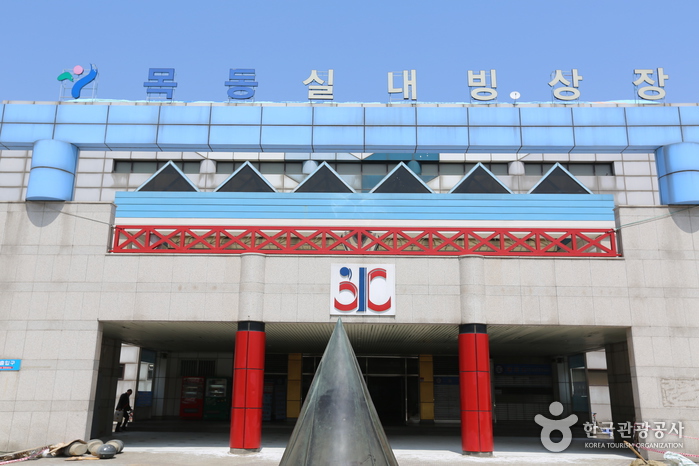
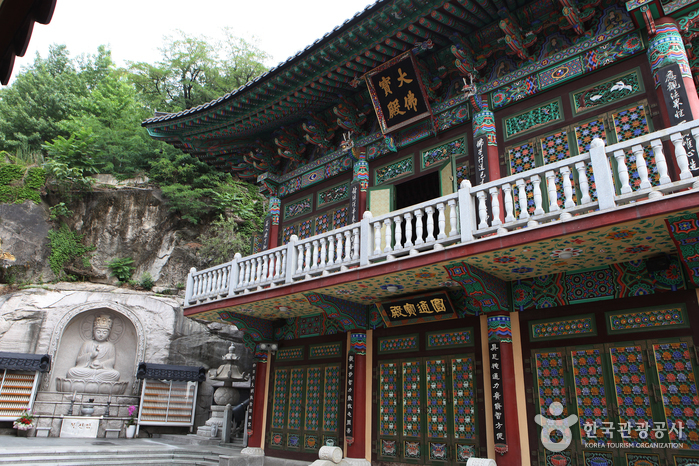
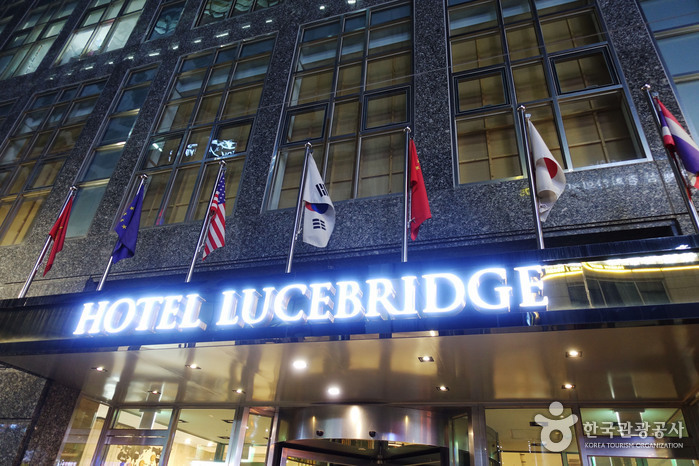
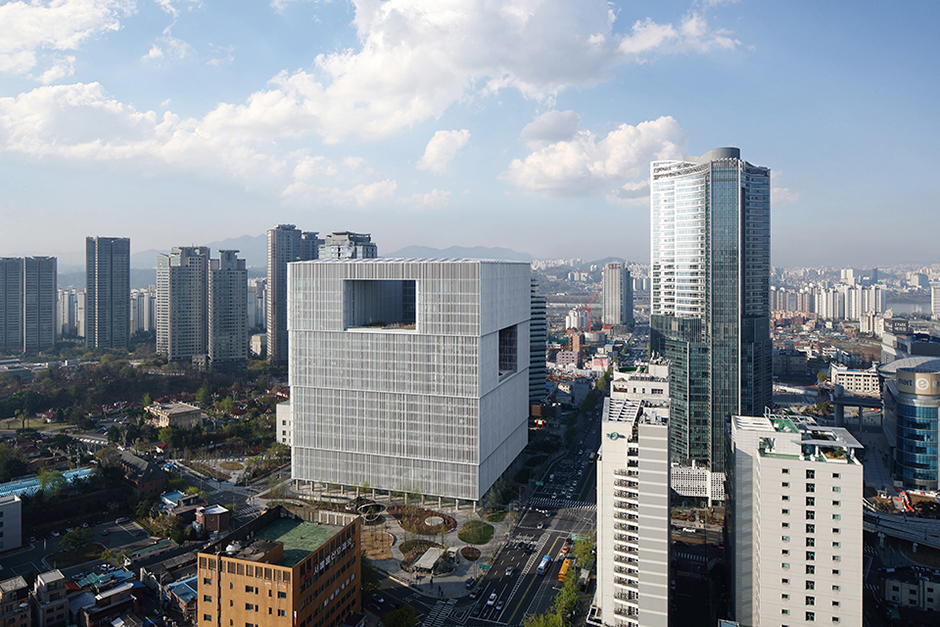
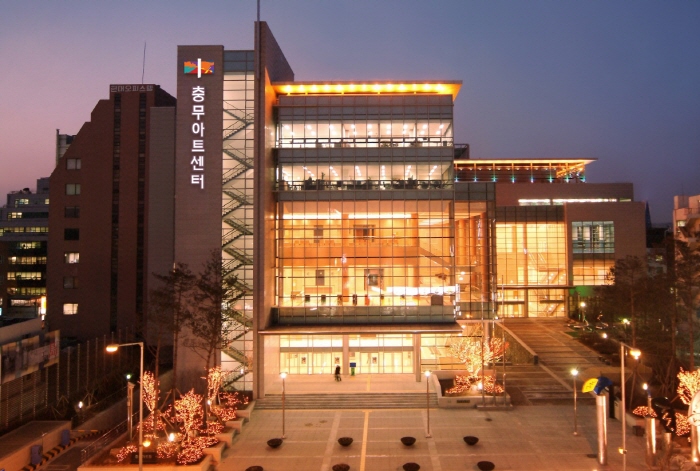
 Español
Español
 한국어
한국어 English
English 日本語
日本語 中文(简体)
中文(简体) Deutsch
Deutsch Français
Français Русский
Русский